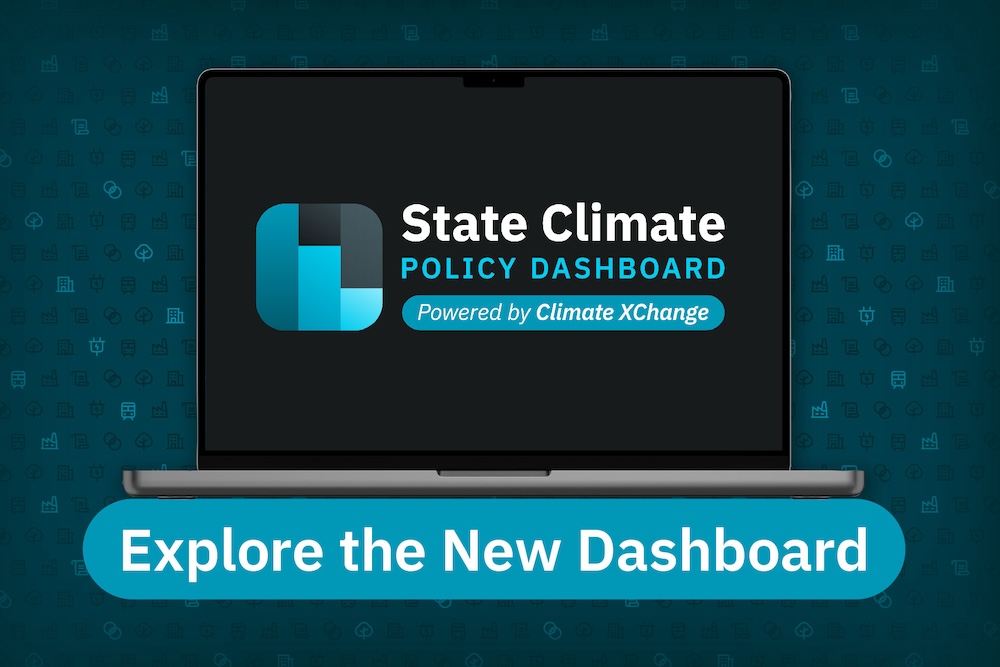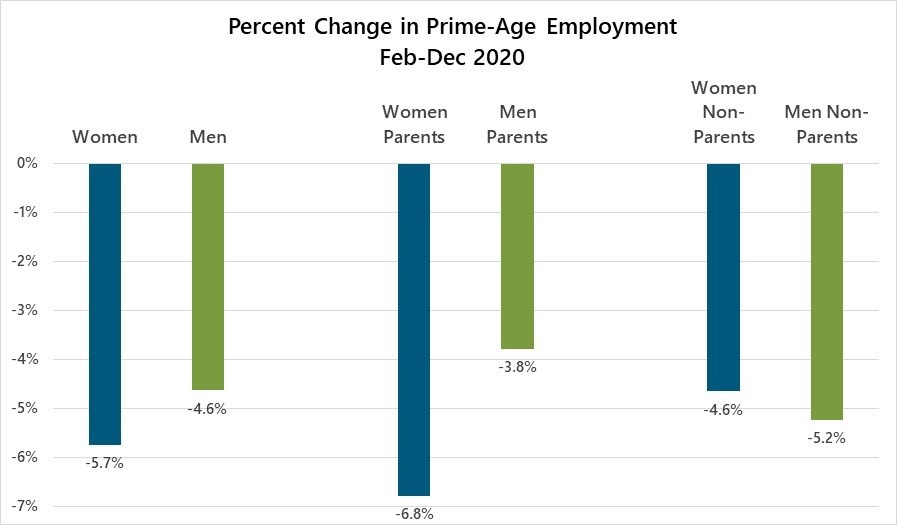Report on International Development Funding’s Misalignment with Sustainable Development Goals
A 2023 analysis of international development aid reveals a significant contradiction between funding allocations and the core objectives of the Sustainable Development Goals (SDGs). A substantial increase in financing for fossil fuel projects occurred alongside a sharp decline in support for clean air initiatives, undermining global progress on health, climate, and equality targets.
Key Findings on Funding Disparities and SDG Contradictions
The “State of Global Air Quality Funding” report by the Clean Air Fund highlights a critical misalignment in international aid priorities, directly impacting several SDGs.
- Fossil Fuel Funding Surge: Development funding for fossil fuel-based energy projects increased by 80% in 2023, reaching $9.5 billion. This directly contravenes SDG 7 (Affordable and Clean Energy) and SDG 13 (Climate Action) by prolonging dependence on polluting energy sources.
- Clean Air Funding Decline: Direct support for outdoor air quality initiatives fell by 20% to $3.7 billion, constituting a mere 1% of total international development financing.
- Clean Energy Investment: While total aid for clean energy projects with air quality co-benefits reached $32.6 billion, the simultaneous increase in fossil fuel investment signals a conflicted and inefficient approach to achieving sustainable development.
Impact on SDG 3: Good Health and Well-being
The current funding trends represent a severe setback for SDG 3, as air pollution remains a primary global health threat.
The Global Health Burden
- Air pollution is the second-largest health risk factor globally, responsible for over 8.1 million premature deaths annually.
- Fine particulate matter (PM2.5) is linked to strokes, heart attacks, dementia, cancer, and respiratory diseases.
- Children are disproportionately affected, with air pollution causing over 700,000 deaths in children under five each year.
Economic Costs Undermining SDG 8
The health crisis carries a significant economic toll, hindering progress on SDG 8 (Decent Work and Economic Growth). Global health damages from air pollution are estimated at $8.1 trillion annually, equivalent to 6.1% of global GDP. This burden disproportionately affects lower-middle-income countries, where losses can equal 9% of GDP.
Exacerbation of Inequalities (SDG 10) and Urban Challenges (SDG 11)
The allocation of development aid deepens existing global inequalities, failing to support the most vulnerable populations as mandated by SDG 10 (Reduced Inequalities).
Geographical Disparities in Funding
- Concentrated Funding: 65% of all outdoor air quality finance between 2019 and 2023 was directed to just three countries: the Philippines, Bangladesh, and China.
- Neglected Regions: 90% of air pollution-related deaths occur in low- and middle-income countries, yet these regions receive minimal support. Sub-Saharan Africa, facing rapid urbanization and worsening air quality, experienced a 91% collapse in outdoor air quality funding in 2023, receiving less than 1% of the global total.
- Insufficient Per Capita Support: Seven of the ten most polluted countries received less than $1 per person in air quality financing in 2023.
This lack of investment in the most affected regions undermines efforts to build inclusive, safe, and resilient cities as outlined in SDG 11 (Sustainable Cities and Communities).
Policy Recommendations for Realigning with the 2030 Agenda
To address these funding failures and accelerate progress toward the SDGs, a fundamental reorientation of development finance is required.
Strategic Imperatives for Development Institutions
- Integrate Clean Air with Climate Finance: Embed clean air objectives at the core of all climate and development finance to create synergies between SDG 3, SDG 7, and SDG 13.
- Redirect Fossil Fuel Subsidies: Actively redirect the billions of dollars in funding and subsidies from fossil fuel projects toward clean energy transitions and pollution control technologies.
- Target Vulnerable Regions: Prioritize resources for currently underfunded and highly polluted regions, particularly in Africa and other low- and middle-income countries, to address SDG 10 and SDG 11 effectively.
Achieving the World Health Assembly’s goal to halve the health impacts of air pollution by 2040 is contingent on aligning international development aid with the principles of sustainable development. Investing in clean air is a direct and impactful investment in global health, climate stability, and economic prosperity.
Analysis of SDGs, Targets, and Indicators
1. Which SDGs are addressed or connected to the issues highlighted in the article?
- SDG 3: Good Health and Well-being
- SDG 7: Affordable and Clean Energy
- SDG 11: Sustainable Cities and Communities
- SDG 13: Climate Action
- SDG 17: Partnerships for the Goals
2. What specific targets under those SDGs can be identified based on the article’s content?
SDG 3: Good Health and Well-being
-
Target 3.9: By 2030, substantially reduce the number of deaths and illnesses from hazardous chemicals and air, water and soil pollution and contamination.
Explanation: The article is centered on the health crisis caused by air pollution. It explicitly states that “toxic air causes more than 8m premature deaths annually” and details the health impacts, including strokes, heart attacks, dementia, cancer, and respiratory diseases. It also highlights the impact on children, noting that air pollution “causes over 700,000 deaths annually in children under five.”
SDG 7: Affordable and Clean Energy
-
Target 7.a: By 2030, enhance international cooperation to facilitate access to clean energy research and technology, including renewable energy, energy efficiency and advanced and cleaner fossil-fuel technology, and promote investment in energy infrastructure and clean energy technology.
Explanation: The article directly contrasts international development funding for fossil fuels with funding for clean energy. It reports that “Development funding for fossil fuel-based energy projects jumped 80 per cent in 2023 to $9.5bn,” while “total international development aid for clean energy projects with air quality co-benefits reached $32.6 billion.” This highlights the flow of international investment in different energy technologies.
SDG 11: Sustainable Cities and Communities
-
Target 11.6: By 2030, reduce the adverse per capita environmental impact of cities, including by paying special attention to air quality and municipal and other waste management.
Explanation: The article discusses the vulnerability of urban populations to air pollution, especially in rapidly urbanizing regions. It notes that Sub-Saharan Africa “faces the world’s fastest urbanisation rate, leaving communities increasingly vulnerable to worsening air pollution.” The focus on reducing PM2.5 concentrations in the Greater Beijing-Tianjin-Hebei Region is a direct example of addressing urban air quality.
SDG 13: Climate Action
-
Target 13.a: Implement the commitment undertaken by developed-country parties to the United Nations Framework Convention on Climate Change to a goal of mobilizing jointly $100 billion annually by 2020 from all sources to address the needs of developing countries in the context of meaningful mitigation actions and transparency on implementation.
Explanation: The article discusses the financial flows from developed countries and international institutions for energy and climate-related projects. It calls for development institutions to “embed clean air objectives at the core of climate and development finance” and notes that “86% of total air quality funding was directed towards projects that also addressed climate change,” linking development finance directly to climate action.
SDG 17: Partnerships for the Goals
-
Target 17.2: Developed countries to implement fully their official development assistance commitments.
Explanation: The entire article is an analysis of international development aid, also known as Official Development Assistance (ODA). It critiques how this aid is allocated, stating that “Governments continue to channel billions more in international aid into projects that prolong fossil fuel use than into tackling air pollution.” It also mentions potential cuts by OECD donors and the role of USAID, which “contributed 29 per cent of official development assistance in 2023.”
3. Are there any indicators mentioned or implied in the article that can be used to measure progress towards the identified targets?
For Target 3.9
- Indicator 3.9.1 (Mortality rate attributed to household and ambient air pollution): The article provides specific data points for this indicator, stating that air pollution causes “more than 8m premature deaths annually” and “over 700,000 deaths annually in children under five.” These figures are direct measures of the mortality rate attributed to air pollution.
For Target 7.a
- Indicator 7.a.1 (International financial flows to developing countries in support of clean energy): The article quantifies these financial flows. It reports “$32.6 billion in 2023” for clean energy projects with air quality co-benefits and “$3.7bn” for direct outdoor air quality initiatives. In contrast, it reports “$9.5bn” for fossil fuel-based energy projects, allowing for a direct measurement and comparison of financial support for different energy types.
For Target 11.6
- Indicator 11.6.2 (Annual mean levels of fine particulate matter (e.g. PM2.5)): The article explicitly refers to “Fine particulate matter known as PM2.5” as a key pollutant. It provides a concrete example of measuring progress by citing the case of the Greater Beijing-Tianjin-Hebei Region, which “reduced annual average PM2.5 concentrations by 44.2% from 2015 baseline levels.”
For Target 13.a
- Indicator 13.a.1 (Amounts provided and mobilized in United States dollars per year): The article provides extensive financial data related to climate and energy finance. This includes the “$9.5bn” for fossil fuel projects, “$32.6 billion” for clean energy, and the staggering “$7 trillion globally in 2022” for national fossil fuel subsidies. These figures serve as direct measures of financial commitments related to climate mitigation and adaptation.
For Target 17.2
- Indicator 17.2.1 (Net official development assistance as a proportion of donors’ gross national income): The article discusses the total amount and allocation of ODA. It mentions that air quality initiatives represent “just 1 per cent of all international development financing.” It also discusses potential overall cuts to ODA, stating that “wider cuts by OECD donors could see development aid fall by 9 to 17%,” which directly relates to the measurement of this indicator.
4. Summary Table of SDGs, Targets, and Indicators
| SDGs | Targets | Indicators |
|---|---|---|
| SDG 3: Good Health and Well-being | 3.9: Substantially reduce deaths and illnesses from air pollution. | 3.9.1: Mortality rate from air pollution (mentioned as “8m premature deaths annually”). |
| SDG 7: Affordable and Clean Energy | 7.a: Enhance international cooperation and investment in clean energy. | 7.a.1: International financial flows to developing countries for clean energy (mentioned as “$32.6 billion”) vs. fossil fuels (mentioned as “$9.5bn”). |
| SDG 11: Sustainable Cities and Communities | 11.6: Reduce the adverse per capita environmental impact of cities, focusing on air quality. | 11.6.2: Annual mean levels of fine particulate matter (PM2.5) in cities (mentioned as a key pollutant and its reduction in a specific region). |
| SDG 13: Climate Action | 13.a: Implement financial commitments to help developing countries with climate action. | 13.a.1: Amounts provided and mobilized for climate finance (the article details billions in aid for energy projects and trillions in fossil fuel subsidies). |
| SDG 17: Partnerships for the Goals | 17.2: Developed countries to implement their official development assistance (ODA) commitments. | 17.2.1: Net ODA as a proportion of donor GNI (the article discusses total ODA, its allocation, and potential cuts). |
Source: healthpolicy-watch.news







